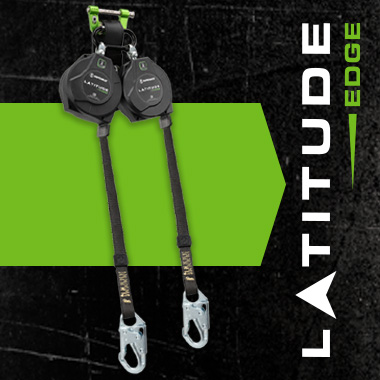View examples below on how to calculate fall clearance for Class 1 (overhead) SRLs, Class 2 (below D-ring) SRLs, 6′ and 12′ free fall lanyards.
Another consideration are situations known as swing falls. A swing fall occurs when an anchorage point is not directly above a worker. The nature of these falls means that adjusted calculations must be made.
View examples below on how to calculate fall clearance for Class 1 (overhead) SRLs, Class 2 (below D-ring) SRLs, 6′ and 12′ free fall lanyards.
Another consideration are situations known as swing falls. A swing fall occurs when an anchorage point is not directly above a worker. The nature of these falls means that adjusted calculations must be made.
View examples below on how to calculate fall clearance for Class 1 (overhead) SRLs, Class 2 (below D-ring) SRLs, 6′ and 12′ free fall lanyards.
Determining fall clearance is perhaps the most important aspect of fall protection. If not properly calculated, the wrong equipment could be selected for a particular job and, in the event of a fall, the result could be devastating.
Fall clearance is the minimum distance needed for equipment to arrest (or stop) a fall and keep a worker from striking the ground or the next lowest surface. It is not a simple distance calculation. There are many factors to consider, such as:
- Free Fall
- Lanyard Length
- Deceleration Distance/Arrest Distance
- Harness Stretch
- Height of Worker (Working Surface to Dorsal D-Ring)
- Safety Factor
- Swing Fall Drop Distance
If the distance between the anchor point and nearest obstruction is less than the determined fall clearance, the fall arrest system will not protect a worker from hitting a lower surface.
Another consideration are situations known as swing falls. A swing fall occurs when an anchorage point is not directly above a worker. The nature of these falls means that adjusted calculations must be made.
View examples below on how to calculate fall clearance for Class 1 (overhead) SRLs, Class 2 (below D-ring) SRLs, 6′ and 12′ free fall lanyards.

